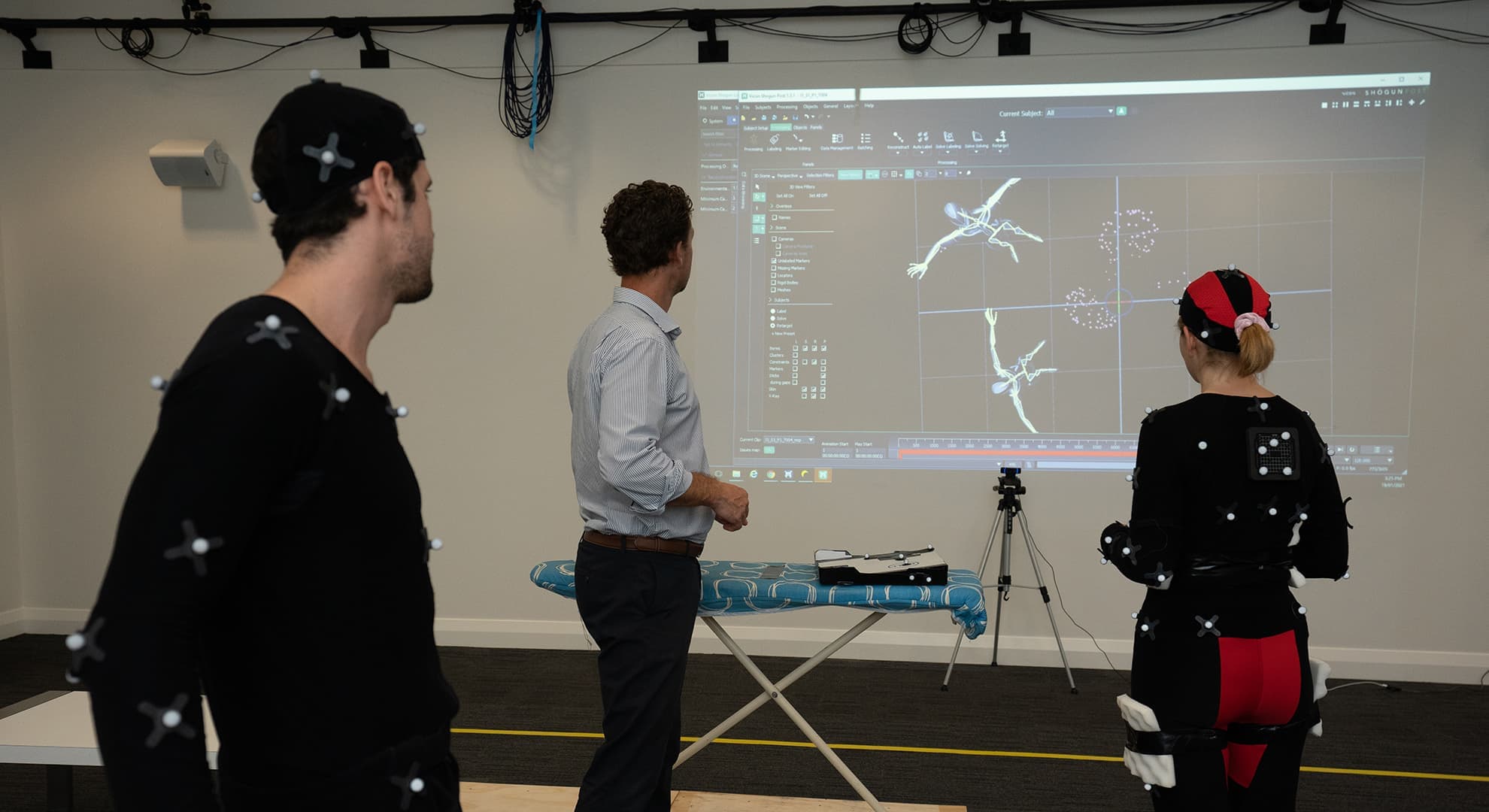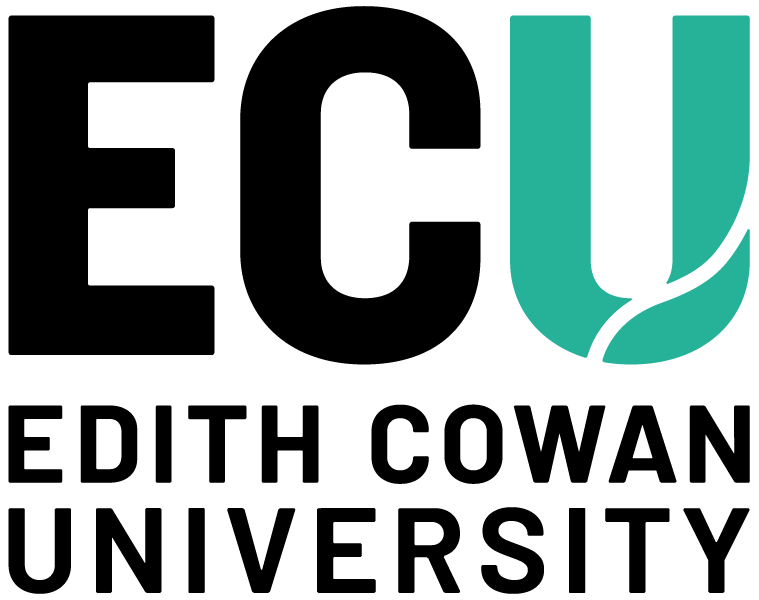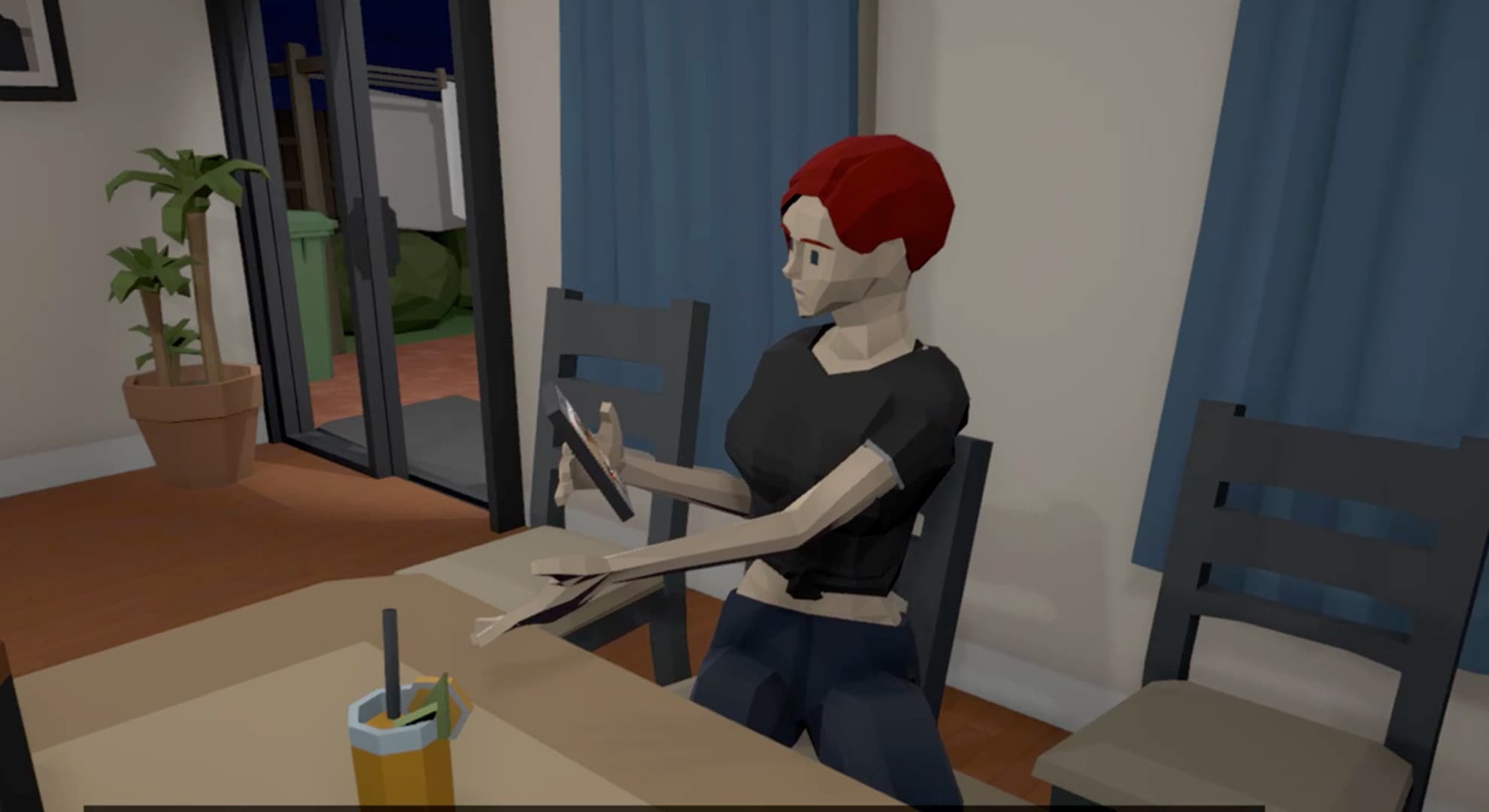 ECU's Dr Luke Hopper (centre) with WAAPA Performing Arts graduates.
ECU's Dr Luke Hopper (centre) with WAAPA Performing Arts graduates.
In February 2013, high school student Preston Bridge died after taking the synthetic form of LSD during his school ball after party.
This tragedy led Preston's father Rodney pursuing a deep passion for educating young people about substance abuse and empowering them to make informed decisions.
Fast forward to 2022 and Rodney's company Sideffect Australia, in partnership with Edith Cowan University, has found a way to revolutionise how to do this.
It's an interactive online game where students get to choose characters and act out situations that require them to make decisions about drugs and alcohol – at a virtual party.
The power of partnerships
The game is the first of its kind in Australia.
It was designed and created through a collaboration between Sideffect, an organisation that aims to start a conversation on substance awareness between parents, teachers and young people, and a research team and students at ECU.
Funded by the Australian Government Department of Health, the game aligns with the Australian Curriculum for high school students in years 9 and 10, covering the positive and negative effects of decision making and possible consequences.
ECU's Simulation and Immersive Digital Technology Group developed the game. This research team, part of the School of Medical and Health Sciences, investigates the use of immersive technology, such as virtual reality, for real world simulation and education needs.
The other partner bringing this initiative to life is the Western Australian Academy of Performing Arts, also part of ECU.
In the game, students engage with digital avatars in scenes that have been performed by actors from the academy using motion capture technology.
How does it work?
Each digital avatar has been created to depict the effects of risk-taking or harm minimisation behaviours.
During the game, students must:
- identify these different behaviours
- understand how they've affected the character's progression throughout the game
- identify strategies to alleviate or minimise harm
They navigate a virtual party from three unique perspectives and explore the decisions, influences, and consequences that can affect young adults using alcohol and other drugs.
"We hope every high school student in Australia will have the chance to play the game and follow up with classroom activities and discussions," says Mr Bridge.
"It also provides a unique opportunity to open up those all-important lines of communication between parents and their teens."
Hear more about the game from ECU's Dr Luke Hopper, Rodney Bridge from Sideffect and WAAPA Performing Arts graduates in this short video.
(2mins 10 secs)

 A screenshot from the game.
A screenshot from the game.



